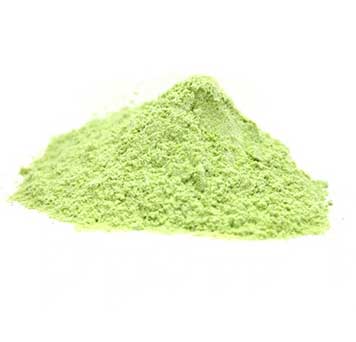
e385 food additive
Understanding E385 Food Additive A Comprehensive Overview
E385, also known as calcium disodium EDTA, is a food additive that plays a multifaceted role in the food industry. As a chelating agent, it is predominantly used to bind metal ions, preventing them from reacting with food components. This property makes E385 vital in various applications, ensuring food safety and quality.
What is E385?
Calcium disodium EDTA is a synthetic compound derived from ethylenediamine and acetic acid. It is classified under the E number system, a labeling system within the European Union that categorizes food additives based on their properties and functions. The E number system helps consumers identify additives in processed foods and make informed choices about their diets.
Functions in Food
One of the primary functions of E385 is its ability to stabilize food products by binding trace metals that could catalyze undesirable reactions. For example, certain metals can accelerate the spoilage of fats and oils, leading to rancidity. By sequestering these metals, E385 helps prolong the shelf life of products and maintain their nutritional quality.
E385 is commonly found in processed foods, including canned vegetables, sauces, and dressings. It is also used in some dairy products and meat to enhance flavor stability. Moreover, its ability to enhance the solubility of certain vitamins, such as vitamin A, makes it beneficial in food fortification.
e385 food additive

Safety and Regulation
The safety of E385 has been evaluated by several food safety authorities, including the European Food Safety Authority (EFSA) and the U.S. Food and Drug Administration (FDA). These organizations have deemed E385 safe for consumption within specified limits. However, as with many food additives, some individuals may have sensitivities or allergies, leading to adverse reactions.
Regulations surrounding the use of E385 vary by country. In the EU, the additive is permitted in specific foods and must be labeled accordingly. Consumers are encouraged to read food labels to understand better the ingredients they are consuming.
Environmental Impact
As the demand for processed foods grows, the environmental impact of food additives like E385 is an essential consideration. The production of synthetic additives can contribute to chemical waste and pollution. Therefore, ongoing research into the sustainability of food additives is crucial, encouraging the exploration of natural alternatives.
Conclusion
E385, or calcium disodium EDTA, is an essential food additive that helps maintain the quality and safety of many processed foods. While it plays a beneficial role in preventing oxidation and extending shelf life, consumer awareness of its presence and potential effects is vital. Continued research and regulation ensure that food additives like E385 are used safely and sustainably, providing consumers with the information they need to make informed dietary choices. As the food industry evolves, the future of food additives will likely shift towards more natural options, all while balancing the needs of production and consumer health.
-
Pure Sodium Dichloroisocyanurate Dihydrate | Powerful DisinfectantNewsAug.29,2025
-
Industrial Chemicals: Quality & Purity for Every IndustryNewsAug.28,2025
-
Nitrile Rubber Honoring Strict Production StandardsNewsAug.22,2025
-
Aspartame Ingredients Honoring Food Safety ValuesNewsAug.22,2025
-
Fertilizer for Balanced Plant NutritionNewsAug.22,2025
-
Cyanide Gold Processing with High Purity AdditivesNewsAug.22,2025
-
Formic Acid in Textile Dyeing ApplicationsNewsAug.22,2025
Hebei Tenger Chemical Technology Co., Ltd. focuses on the chemical industry and is committed to the export service of chemical raw materials.
-

view more DiethanolisopropanolamineIn the ever-growing field of chemical solutions, diethanolisopropanolamine (DEIPA) stands out as a versatile and important compound. Due to its unique chemical structure and properties, DEIPA is of interest to various industries including construction, personal care, and agriculture. -

view more TriisopropanolamineTriisopropanolamine (TIPA) alkanol amine substance, is a kind of alcohol amine compound with amino and alcohol hydroxyl, and because of its molecules contains both amino and hydroxyl. -

view more Tetramethyl Thiuram DisulfideTetramethyl thiuram disulfide, also known as TMTD, is a white to light-yellow powder with a distinct sulfur-like odor. It is soluble in organic solvents such as benzene, acetone, and ethyl acetate, making it highly versatile for use in different formulations. TMTD is known for its excellent vulcanization acceleration properties, which makes it a key ingredient in the production of rubber products. Additionally, it acts as an effective fungicide and bactericide, making it valuable in agricultural applications. Its high purity and stability ensure consistent performance, making it a preferred choice for manufacturers across various industries.





